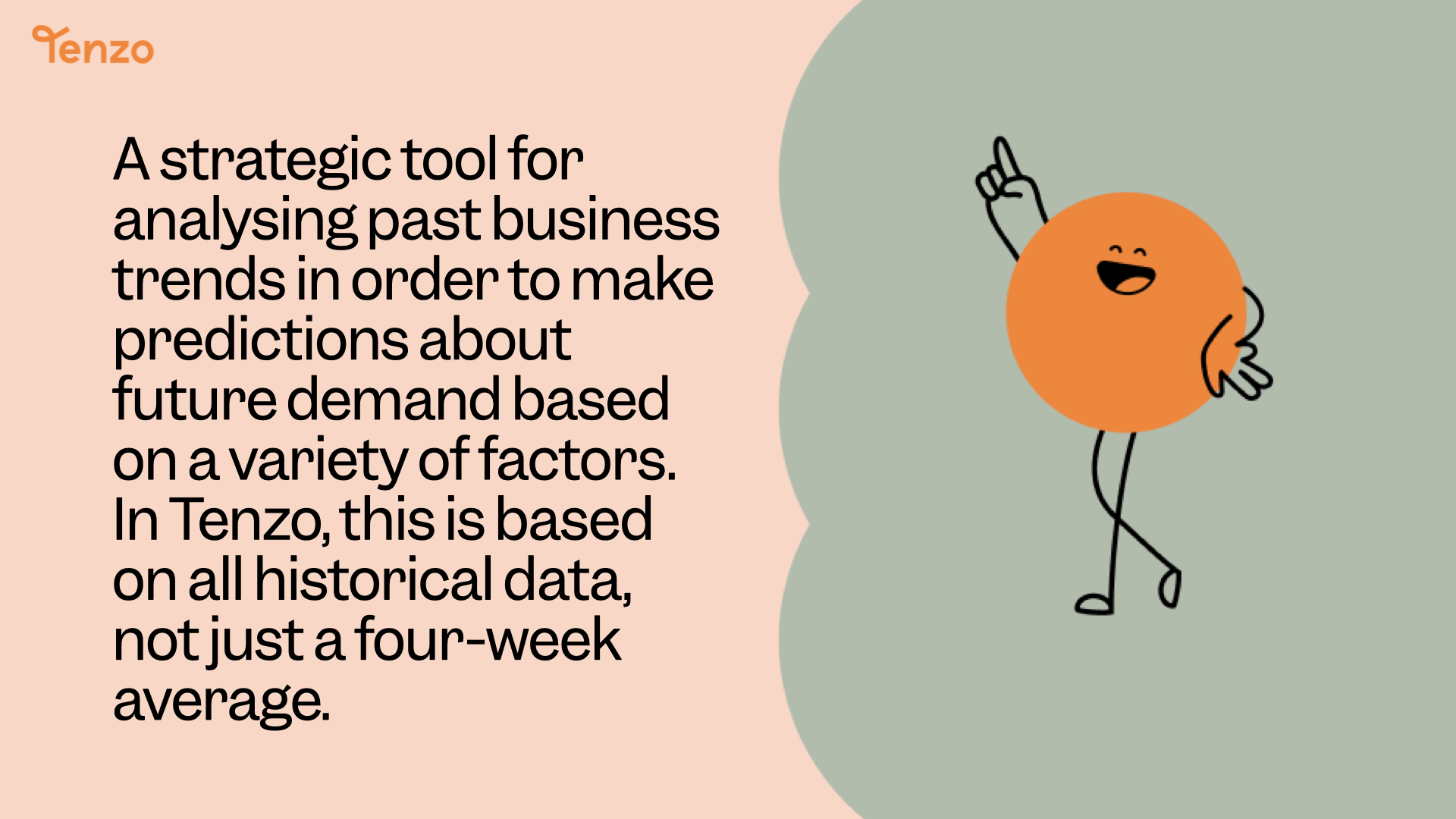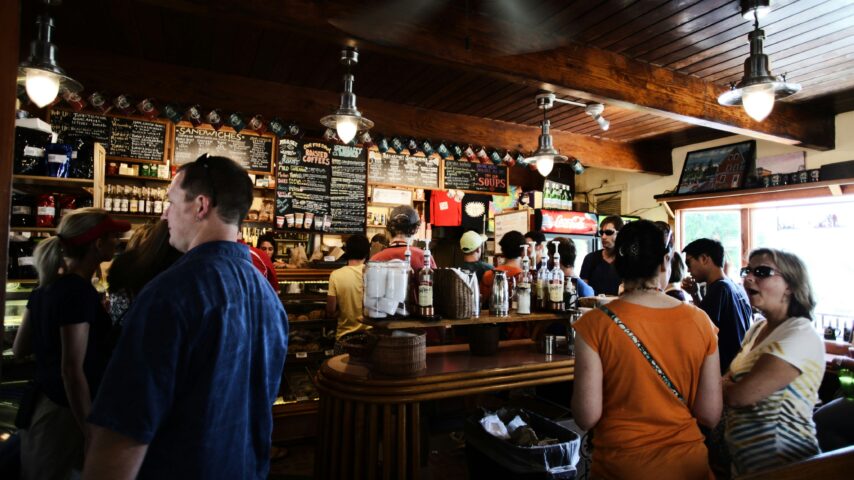Accurate demand forecasting is the key to boosting restaurant performance. By accurately predicting customer demand, you can optimise staffing, manage inventory efficiently, and plan your menu and pricing effectively.
In this article, we will explore how a restaurant’s forecast is vital to boost performance and help you make informed decisions for your business.
What’s included in a restaurant’s forecast?
A restaurant’s forecast includes several components that help predict future sales and performance.
One important component is historical sales data, this provides insights into past performance and trends. Analysing this data means restaurant owners can identify patterns and make informed decisions for the future.
Market trends and seasonality also play a role in a restaurant’s forecast. Understanding these factors helps owners anticipate changes in customer demand and adjust their operations accordingly.
Special events, holidays, weather, and promotions can have a significant impact on restaurant sales, so they are also considered in the forecast.
How forecasts can help boost restaurant performance?
Accurate demand forecasting is crucial for restaurant owners as it offers several benefits to help drive performance. Accurate forecasting can help with staffing optimisation, inventory management, and with menu engineering.
Staffing Optimisation
Forecasts can help determine the right number of staff members needed for each shift. This ensures that there are enough employees to handle the workload and provide excellent service to customers.
With accurate forecasts, restaurant owners can avoid overstaffing, which can lead to unnecessary labour costs. On the other hand, they can also prevent understaffing, which can result in poor customer service and longer wait times. By scheduling the right number of staff members based on forecasted demand, restaurant owners can optimise their labor costs while still meeting customer expectations.
Inventory Management
By predicting future demand, operators can ensure they have enough ingredients and supplies on hand to meet customer needs. This prevents stockouts and reduces the risk of waste and spoilage.
Accurate forecasts enable owners to plan their purchasing and deliveries more efficiently, optimising their supply chain and reducing costs. By effectively managing inventory, restaurants can minimise waste, control costs, and ensure they always have the necessary ingredients to serve their customers.
Menu Planning and Pricing
Understanding customer demand allows restaurant operators to plan their menu offerings accordingly. They can identify popular dishes and ensure they are always available to meet customer expectations.
Forecasts also help to ensure restaurants have the correct pricing strategies in place. By analysing demand patterns and market trends, owners can set prices that are competitive and appealing to customers while also maximizing profitability. Accurate forecasts enable owners to make data-driven decisions when it comes to menu planning and pricing, ensuring they offer the right dishes at the right prices.
Optimum Forecasts Combining Human and AI Knowledge
Forecasts are more accurate when human knowledge and AI predictions come together to determine the number of sales. Human judgment and intuition are crucial in interpreting forecast results and making informed decisions. Whilst AI technology can analyse large amounts of data quickly and accurately, human expertise is needed to understand the context and make strategic choices.
Combining human and AI knowledge means operators can leverage the strengths of both to achieve optimum forecasts. This collaboration allows for more accurate predictions and better decision-making, ultimately leading to improved restaurant performance.
Conclusion
In conclusion, accurate demand forecasting is vital for restaurant owners. It helps them optimise staffing, manage inventory, and plan menus and pricing effectively. By combining human knowledge with AI technology, restaurants can achieve optimum forecasts and boost their overall performance.




